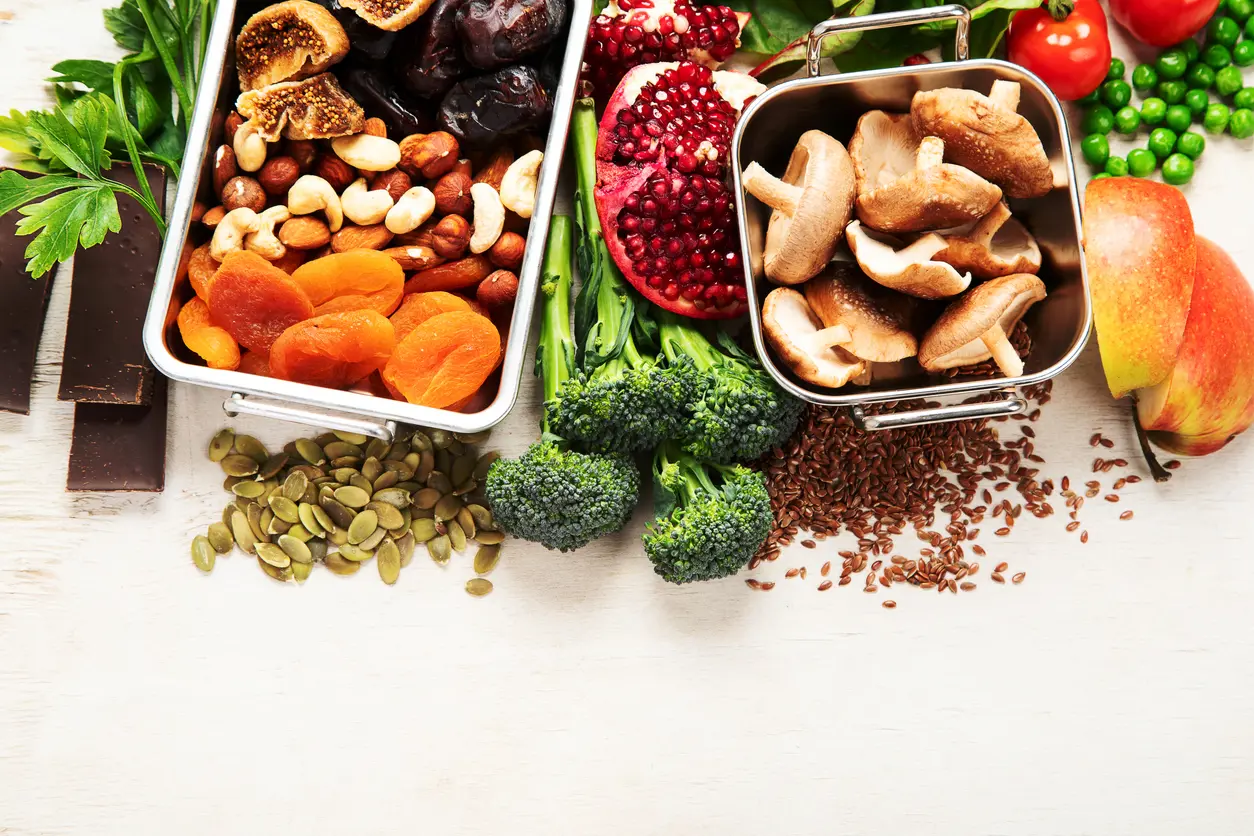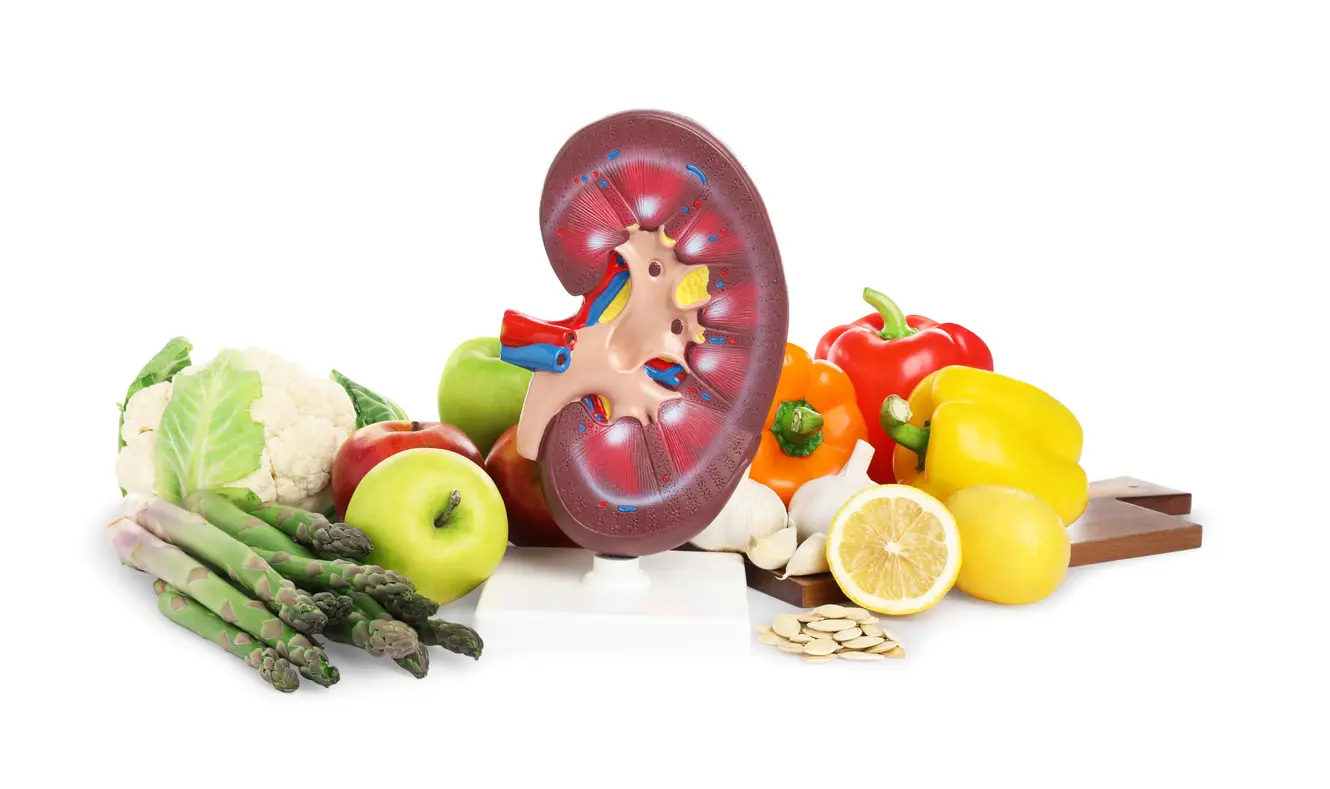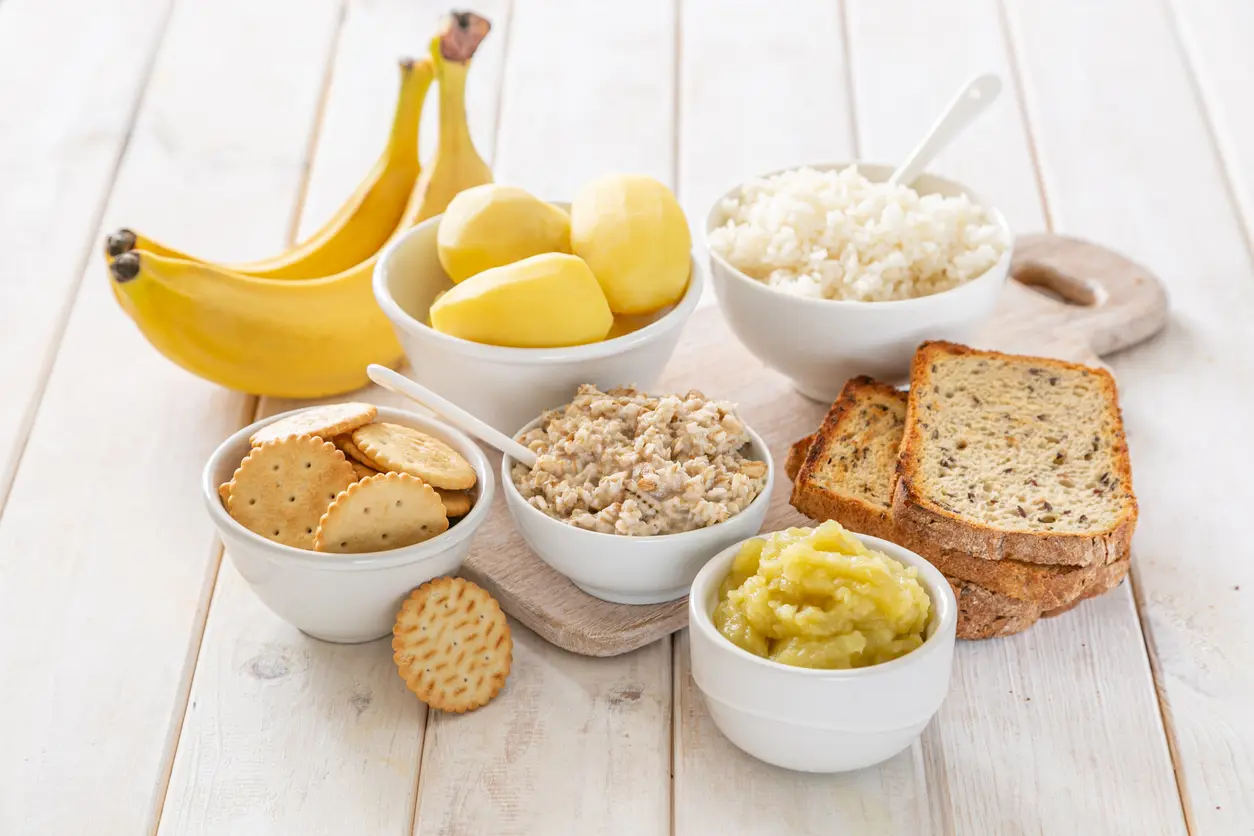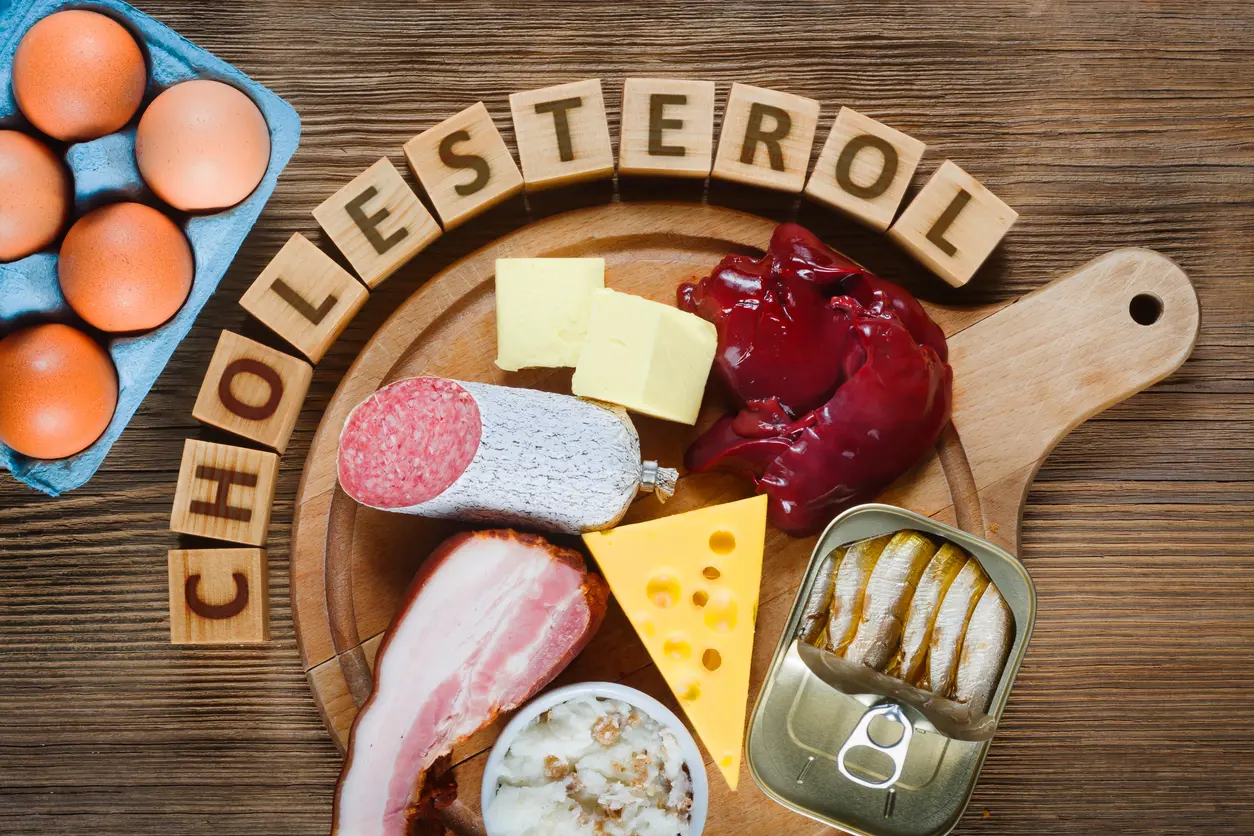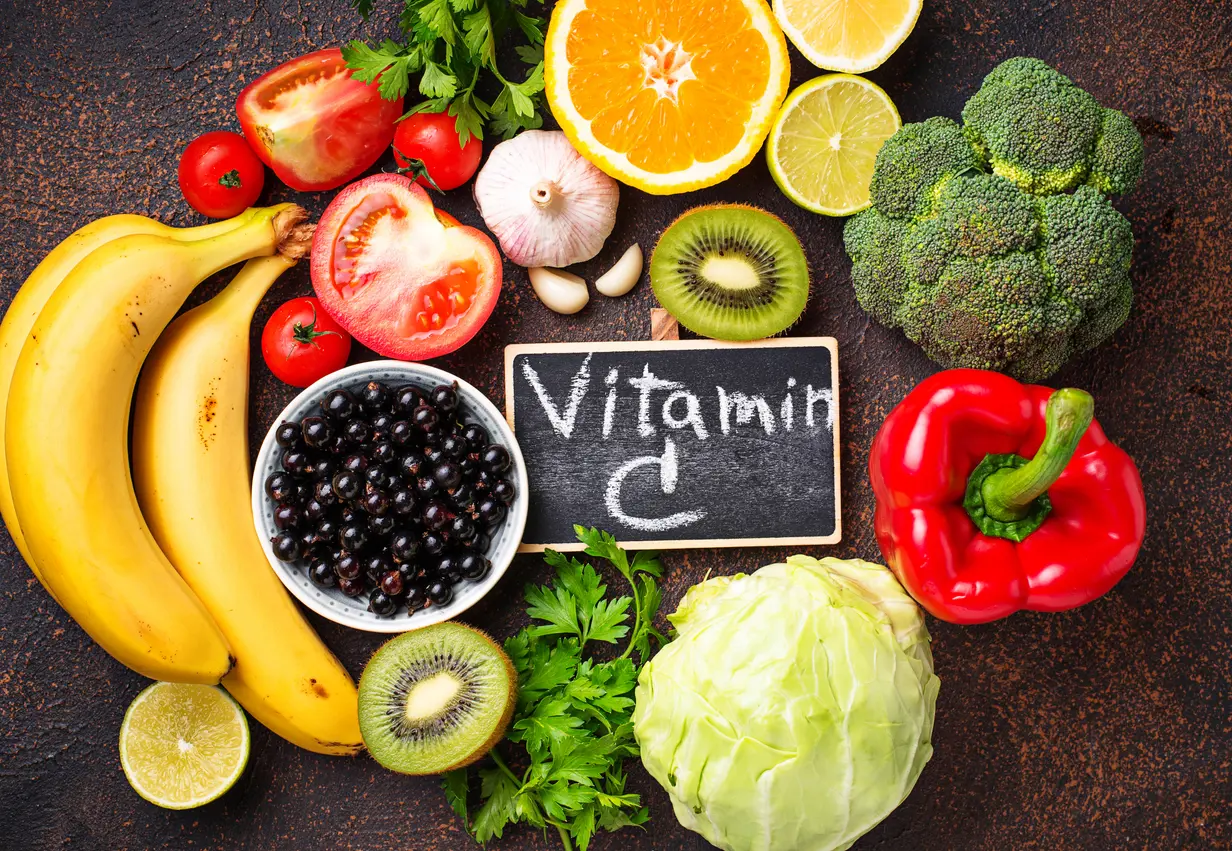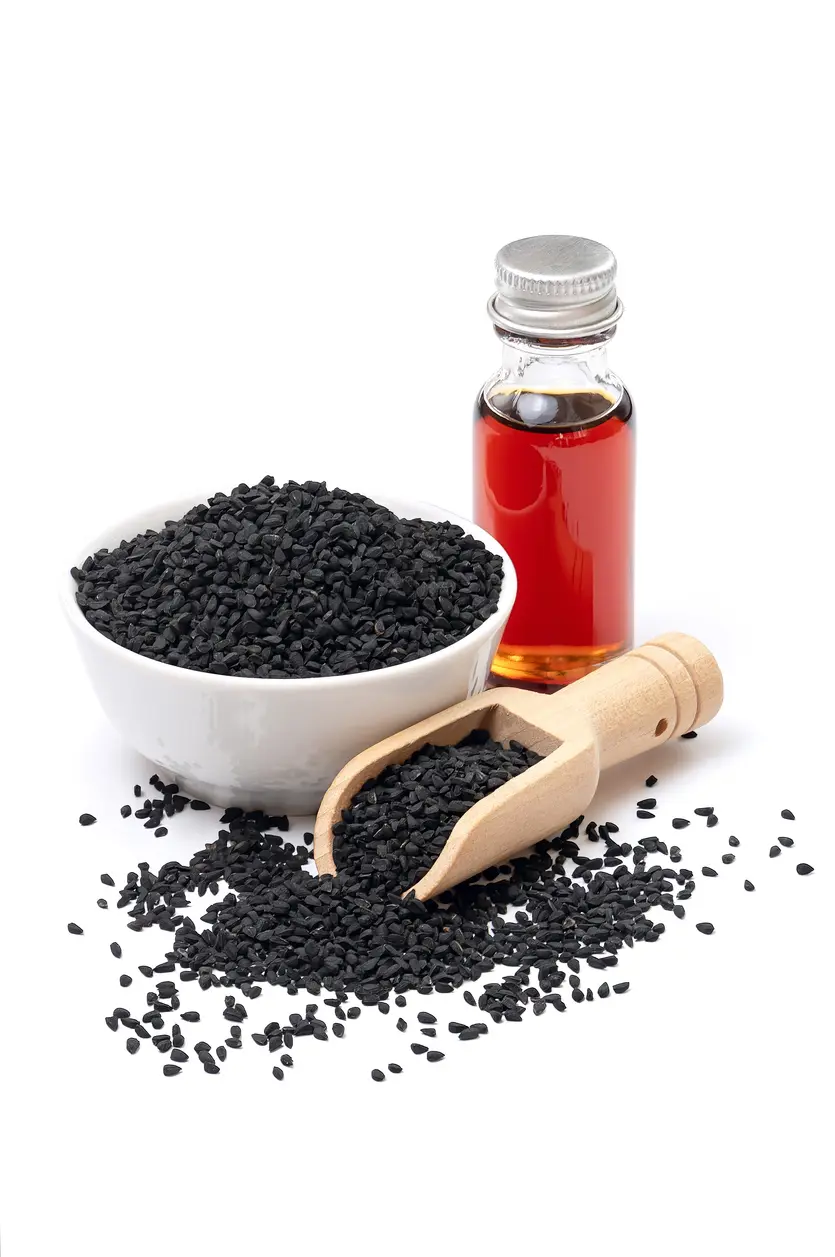15 Best Fruits For Diabetics and What To Avoid
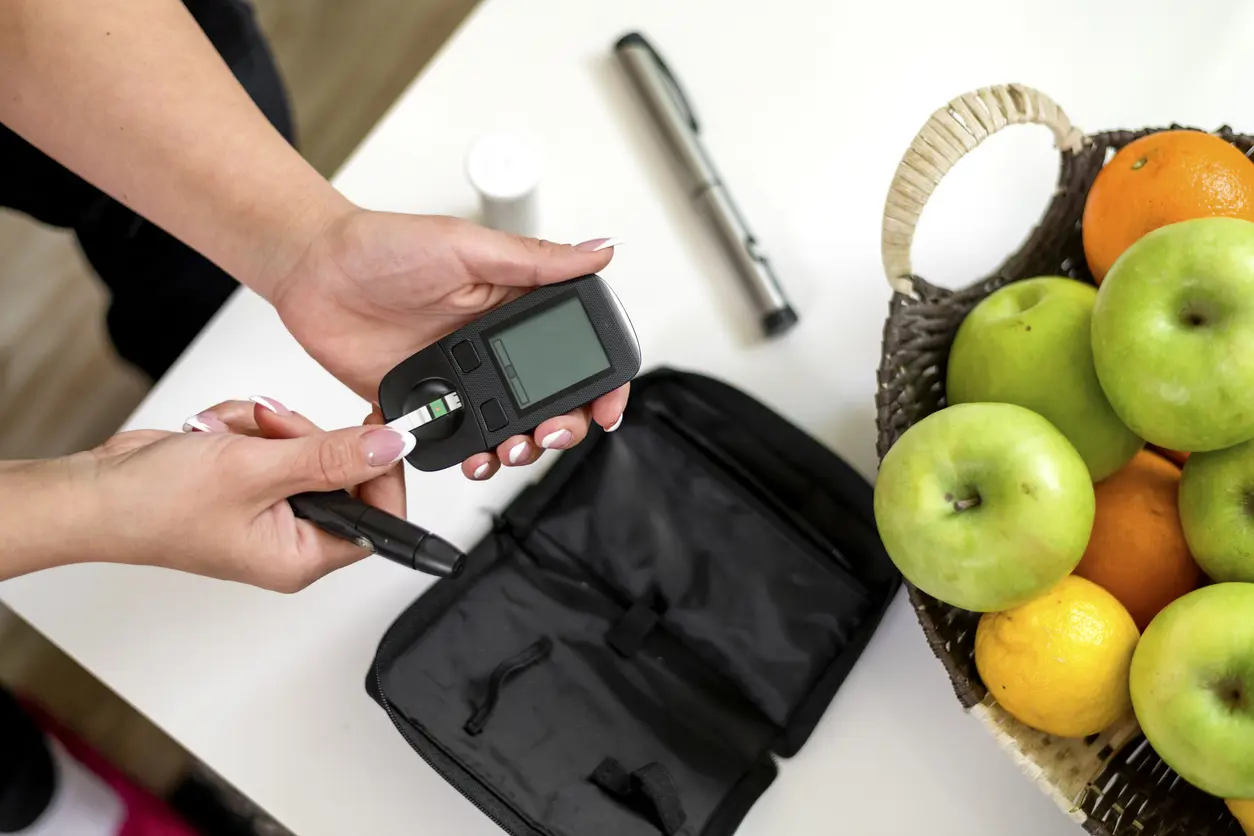
If you're managing diabetes, you might wonder: Can I still enjoy fruit? The good news is yes — many fruits are not only safe but beneficial for blood sugar control. Packed with fiber, antioxidants, and essential nutrients, fruits can be a delicious part of a balanced diabetes-friendly diet. The key lies in choosing fruits with a low glycemic index (GI), watching portion sizes, and pairing them wisely.
In this article we'll explore 15 fruits that support stable blood sugar levels, highlight fruits to limit, and share practical tips for enjoying fruit without fear.
15 Best Fruits for Diabetics
These fruits are rich in fiber, low to moderate on the glycemic index, and offer a wealth of health benefits.
1. Strawberries
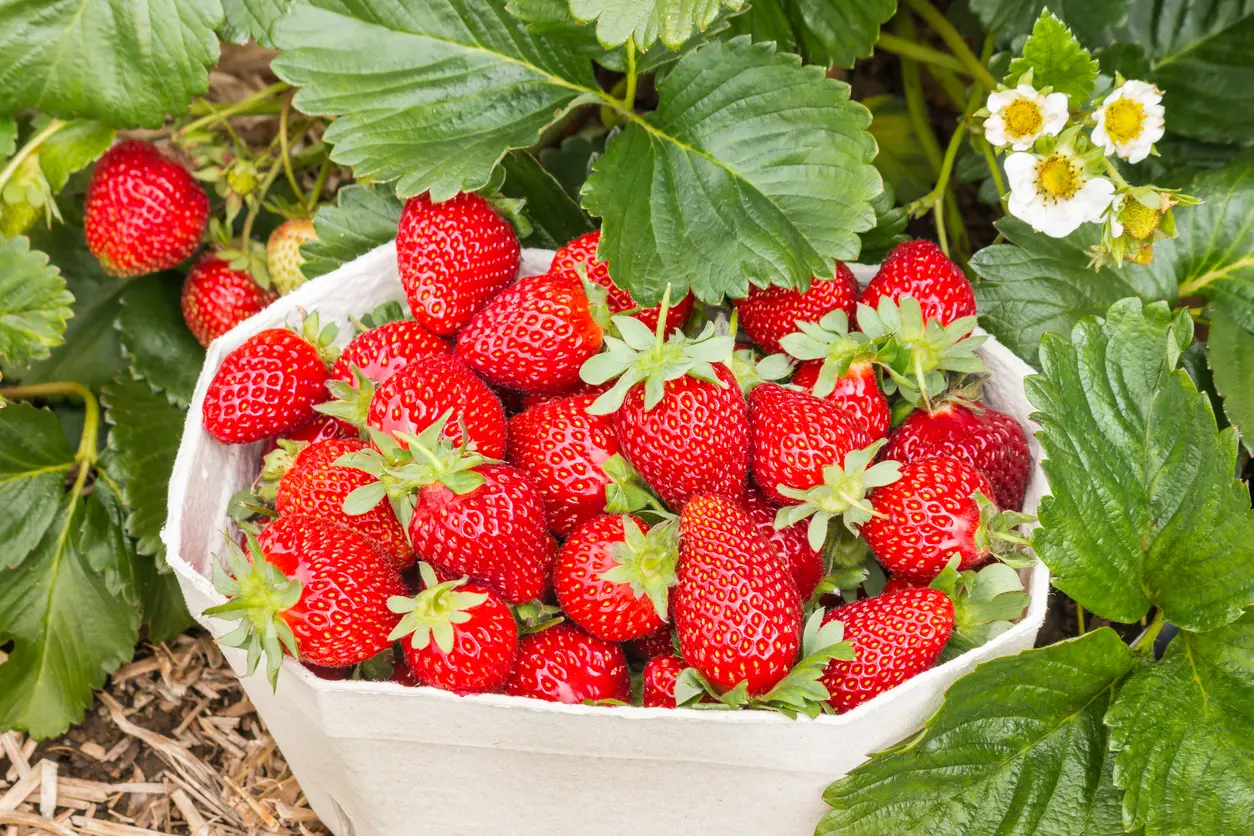
Strawberries are low in calories and have a GI of 41. They're rich in vitamin C, and antioxidants, which help reduce inflammation and oxidative stress. They are also a great source of fiber due to their abundance of seeds (which are uniquely located on the outside rather than the inside like other fruits). [1] Afrin S, Gasparrini M, Forbes-Hernandez TY, et al. Promising Health Benefits of the Strawberry: A Focus on Clinical Studies. J Agric Food Chem. 2016;64(22):4435-4449. doi:10.1021/acs.jafc.6b00857
- Suggested serving size: 1 cup, halved (about 150 g)
2. Raspberries
With a GI of 32, raspberries are a low glycemic food. These berries are high in phytonutrients like ellagitannins and anthocyanins, which are responsible for their red color and many of their health benefits. These compounds have been shown to support heart health and insulin sensitivity, reducing the risk of cardiovascular disease and diabetes. [2] Burton-Freeman BM, Sandhu AK, Edirisinghe I. Red Raspberries and Their Bioactive Polyphenols: Cardiometabolic and Neuronal Health Links. Adv Nutr. 2016;7(1):44-65. Published 2016 Jan 15. doi:10.3945/an.115.009639
- Suggested serving size: 1 cup (about 125 g)
3. Blackberries
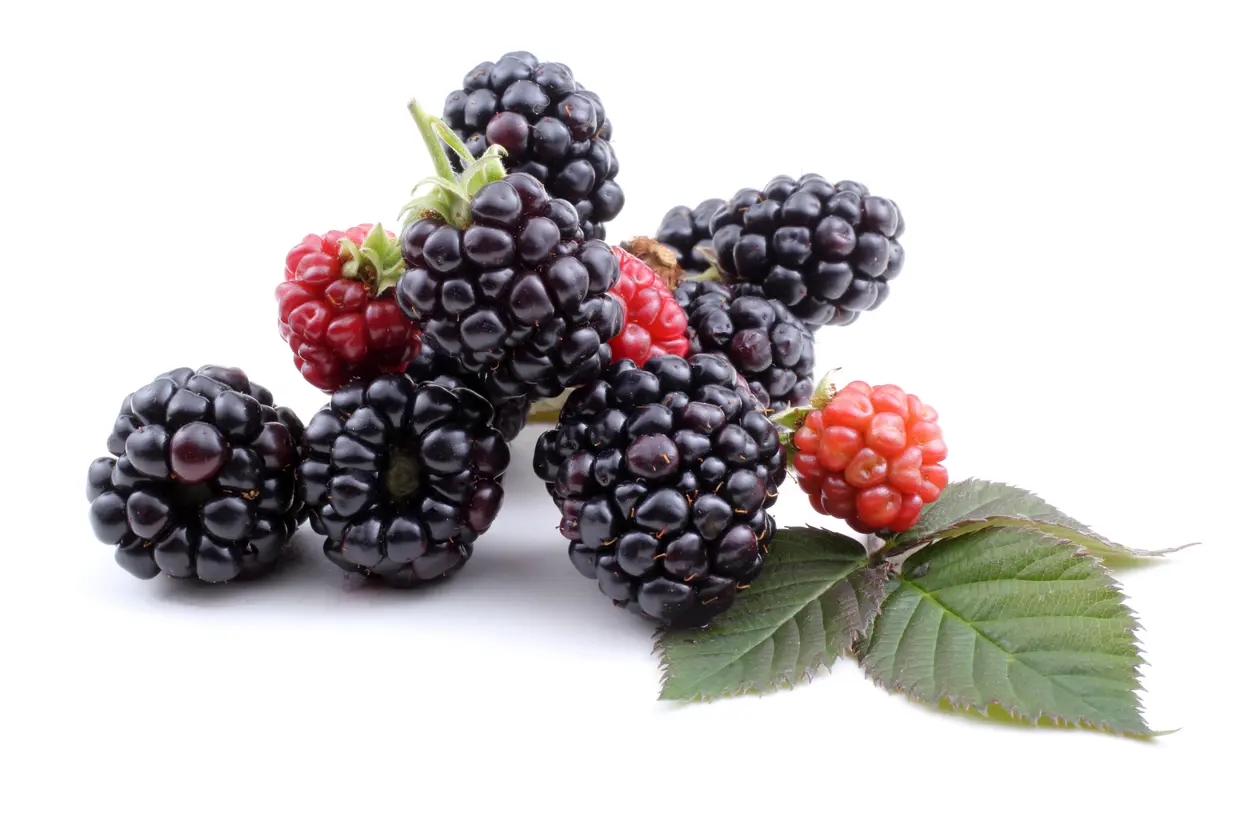
Blackberries are packed with fiber, vitamin C, and anthocyanins, which have been linked to improved blood sugar control. In addition to these antidiabetic effects, research has found that blackberries also have antioxidant properties. [3] Martins MS, Gonçalves AC, Alves G, Silva LR. Blackberries and Mulberries: Berries with Significant Health-Promoting Properties. Int J Mol Sci. 2023;24(15):12024. Published 2023 Jul 27. doi:10.3390/ijms241512024
- Suggested serving size: 1 cup (about 140 g)
4. Blueberries
Blueberries have a slightly higher sugar content than the previously mentioned berries, but they are one of the best sources of antioxidants. Blueberries are not only associated with a lower risk of type 2 diabetes, but they have also been found to support brain health via their neuroprotective properties. [4] Kalt W, Cassidy A, Howard LR, et al. Recent Research on the Health Benefits of Blueberries and Their Anthocyanins. Adv Nutr. 2020;11(2):224-236. doi:10.1093/advances/nmz065
Try eating them with a high protein food like low-fat Greek yogurt to slow the absorption and prevent blood sugar swings.
- Suggested serving size: 1/2 cup (about 74 g)
5. Apples
Apples have an average GI of 36, making them a blood sugar friendly fruit. Apples are a good source of fiber which slows digestion and helps regulate blood sugar levels. One study found that eating an apple before a meal can significantly lower post-meal blood sugar spikes. [5] Ellouze I, Akhavan N, Singar S, Dawkins K, Nagpal R, Arjmandi B. The Relationship of Fruits and Fruit-Products Consumption with Glucose Homeostasis and Diabetes: A Comprehensive Update on the Current Clinical Literature. Dietetics. 2023; 2(3):237-266. https://doi.org/10.3390/dietetics2030018
- Suggested serving size: 1 small apple (about 150 g)
6. Pears

Pears offer a sweet crunch and a GI of approximately 38. Their high fiber content aids in blood sugar control. In fact, studies have shown that regular consumption of pears may reduce the risk of both type 2 diabetes and stroke. [6] Reiland H, Slavin J. Systematic Review of Pears and Health. Nutr Today. 2015;50(6):301-305. doi:10.1097/NT.0000000000000112
- Suggested serving size: 1 medium pear (about 170 g)
7. Oranges
Whole oranges have a GI of about 40 and are loaded with vitamin C and fiber. Avoid orange juice, which lacks fiber and can spike blood sugar. [7] Muraki I, Imamura F, Manson JE, et al. Fruit consumption and risk of type 2 diabetes: results from three prospective longitudinal cohort studies [published correction appears in BMJ. 2013;347:f6935]. BMJ. 2013;347:f5001. Published 2013 Aug 28. doi:10.1136/bmj.f5001
- Suggested serving size: 1 small orange (about 130 g)
8. Cherries
Cherries boast a low GI of 20 and are rich in antioxidants called anthocyanins, which helps reduce inflammation, and may also reduce muscle soreness. Cherry consumption has also been associated with decreased hemoglobin A1C (HbA1C) levels. [8] Kelley DS, Adkins Y, Laugero KD. A Review of the Health Benefits of Cherries. Nutrients. 2018;10(3):368. Published 2018 Mar 17. doi:10.3390/nu10030368
- Suggested serving size: 1 cup (about 140 g)
9. Peaches

Peaches have a GI of around 42 and are a good source of fiber, and also contain vitamins A and C. Due to their high antioxidant content, peaches and their seeds have been shown to have protective effects against type 2 diabetes and neurodegenerative diseases like Alzheimer’s. [9] Neeraj K, Radha M, Sunil , et al. Peach (Prunus persica (L.) Batsch) seeds and kernels as potential plant-based functional food ingredients: A review of bioactive compounds and health-promoting activities. Food Bioscience, 54, 2023, https://doi.org/10.1016/j.fbio.2023.102914.
- Suggested serving size: 1 medium peach (about 150 g)
10. Lemons & Limes
These citrus fruits not only have very low GIs, they are also high in vitamin C. Their acidity can slow the digestion of starch and sugar, aiding in blood sugar control. [10] Freitas D, Boué F, Benallaoua M, Airinei G, Benamouzig R, Le Feunteun S. Lemon juice, but not tea, reduces the glycemic response to bread in healthy volunteers: a randomized crossover trial. Eur J Nutr. 2021;60(1):113-122. doi:10.1007/s00394-020-02228-x Try adding lemon or lime to your water at every meal.
- Suggested serving size: Juice from ½ fruit; or a few slices in water.
11. Plums
With a GI of about 40, plums are another stone fruit are blood sugar friendly. Plumbs are a rich source of flavanoids and have been shown to support metabolic health as they are linked to reduced cholesterol and triglyceride levels. [11] Askarpour M, Ghalandari H, Setayesh L, Ghaedi E. Plum supplementation and lipid profile: a systematic review and meta-analysis of randomised controlled trials. J Nutr Sci. 2023;12:e6. Published 2023 Jan 16. doi:10.1017/jns.2022.101
- Suggested serving size: 2 small plums (about 150 g)
12. Kiwi
Kiwis are a good source of vitamin C, fiber, and potassium. Diets high in kiwis are associated with better blood pressure levels and better glucose control. [12] Richardson DP, Ansell J, Drummond LN. The nutritional and health attributes of kiwifruit: a review. Eur J Nutr. 2018;57(8):2659-2676. doi:10.1007/s00394-018-1627-z
- Suggested Serving size: 1 small kiwis (about 75 g)
13. Avocados
Technically a fruit, avocados are low in carbs and high in healthy fats and fiber, making them excellent for blood sugar control. Their GI is negligible, and they can be added to salads or spread on whole-grain toast.
- Suggested serving size: ½ medium avocado (about 75 g)
14. Pomegranate

Pomegranate seeds are packed with antioxidants and fiber. Studies have found pomegranates can reduce the risk of cardiovascular disease, improve insulin sensitivity, and even protect against certain cancers. [13] Zarfeshany A, Asgary S, Javanmard SH. Potent health effects of pomegranate. Adv Biomed Res. 2014;3:100. Published 2014 Mar 25. doi:10.4103/2277-9175.129371
- Suggested serving size: ½ cup arils (about 90 g)
15. Watermelon
Watermelon has a high glycemic index but it has a low glycemic load (which takes into account serving size). Research suggests that eating small amounts of watermelon regularly may reduce the risk of both diabetes and obesity. Like other fruits that are higher in sugar, try to pair with protein or healthy fats to prevent blood sugar swings. [14] Manivannan A, Lee ES, Han K, Lee HE, Kim DS. Versatile Nutraceutical Potentials of Watermelon-A Modest Fruit Loaded with Pharmaceutically Valuable Phytochemicals. Molecules. 2020;25(22):5258. Published 2020 Nov 11. doi:10.3390/molecules25225258
- Suggested serving size: ½ cup diced (about 75 g)
Fruits to Limit or Avoid with Diabetes
Some fruits can cause rapid rises in blood sugar, especially when consumed in large quantities or processed forms. If you have diabetes, do your best to avoid the following:
1. Bananas
Especially when overripe, bananas have a higher sugar content and a GI of about 62. Opt for small, firm bananas and pair with nuts or yogurt.
2. Pineapple
Pineapple has a GI ranging from 51 to 73, depending on ripeness. Enjoy in moderation—about ½ cup—and pair with protein or healthy fats.
3. Grapes
Grapes have a GI of approximately 59 and are high in natural sugars. Limit to a small handful (about 15 grapes) per serving.
4. Fruit Juices
Even 100% fruit juices lack fiber and can lead to quick blood sugar spikes. It's better to consume whole fruits to benefit from their fiber content.
5. Dried Fruits
Dried fruits like raisins, dates, and dried mangoes are concentrated sources of sugar and calories. A small serving can contain as much sugar as a full serving of fresh fruit. For example, just 1/4 cup of raisins contains about 24 grams of sugar, roughly the same as 1 cup of fresh grapes.
Tips for Eating Fruit with Diabetes
- Choose whole fruits over juices or dried options to maximize fiber intake.
- Pair fruit with protein or healthy fats (e.g., apple with almond butter) to slow sugar absorption.
- Stick to single servings—use your hand as a guide.
- Monitor blood sugar after trying new fruits to see how your body responds.
- Avoid fruit right before bedtime, as blood sugar levels can fluctuate overnight.
- Prioritize low-GI options to maintain stable blood sugar levels.
Frequently Asked Questions (FAQs)
Can diabetics eat bananas?
- Bananas are higher in sugar than other fruits so these need to be consumed mindfully. Choose small, firm bananas and pair with protein and health fats to reduce blood sugar impact.
Is fruit sugar different from regular sugar?
- Fruit contains natural sugars along with fiber, vitamins, and antioxidants, which help moderate blood sugar spikes compared to added sugars in processed foods.
What’s better: fruit or fruit juice?
- Whole fruits are better due to their fiber content, which slows sugar absorption and helps prevent your blood sugar from spiking. Fruit juices can cause rapid blood sugar increases which are dangerous for those with diabetes.
How much fruit is safe per day?
- Aim for 1.5 to 2 cups of fruit daily, focusing on low-GI options and proper portion sizes. If you’re concerned about your diet and how it’s impacting your blood sugar talk to your doctor or dietitian.
Conclusion
Fruit can be a delicious and nutritious part of a diabetes-friendly diet. By selecting low-GI fruits, watching portion sizes, and pairing them wisely, you can enjoy the natural sweetness of fruit without compromising blood sugar control.
Always consult with a dietitian or healthcare provider to tailor dietary choices to your specific needs.
Was this article helpful?
-
Promising Health Benefits of the Strawberry: A Focus on Clinical Studies. J Agric Food Chem. 2016;64(22):4435-4449. doi:10.1021/acs.jafc.6b00857; Afrin S, Gasparrini M, Forbes-Hernandez TY, et al. ;
https://pubmed.ncbi.nlm.nih.gov/27172913/ -
Red Raspberries and Their Bioactive Polyphenols: Cardiometabolic and Neuronal Health Links. Adv Nutr. 2016;7(1):44-65. Published 2016 Jan 15. doi:10.3945/an.115.009639; Burton-Freeman BM, Sandhu AK, Edirisinghe I. ;
https://pubmed.ncbi.nlm.nih.gov/26773014/ -
Blackberries and Mulberries: Berries with Significant Health-Promoting Properties. Int J Mol Sci. 2023;24(15):12024. Published 2023 Jul 27. doi:10.3390/ijms241512024; Martins MS, Gonçalves AC, Alves G, Silva LR. ;
https://pubmed.ncbi.nlm.nih.gov/37569399/ -
Recent Research on the Health Benefits of Blueberries and Their Anthocyanins. Adv Nutr. 2020;11(2):224-236. doi:10.1093/advances/nmz065; Kalt W, Cassidy A, Howard LR, et al. ;
https://pmc.ncbi.nlm.nih.gov/articles/PMC7442370/ -
The Relationship of Fruits and Fruit-Products Consumption with Glucose Homeostasis and Diabetes: A Comprehensive Update on the Current Clinical Literature. Dietetics. 2023; 2(3):237-266. https://doi.org/10.3390/dietetics2030018; Ellouze I, Akhavan N, Singar S, Dawkins K, Nagpal R, Arjmandi B. ;
https://www.mdpi.com/2674-0311/2/3/18 -
Systematic Review of Pears and Health. Nutr Today. 2015;50(6):301-305. doi:10.1097/NT.0000000000000112 ; Reiland H, Slavin J. ;
https://pubmed.ncbi.nlm.nih.gov/26663955/ -
Fruit consumption and risk of type 2 diabetes: results from three prospective longitudinal cohort studies [published correction appears in BMJ. 2013;347:f6935]. BMJ. 2013;347:f5001. Published 2013 Aug 28. doi:10.1136/bmj.f5001; Muraki I, Imamura F, Manson JE, et al. ;
https://www.bmj.com/content/347/bmj.f5001 -
A Review of the Health Benefits of Cherries. Nutrients. 2018;10(3):368. Published 2018 Mar 17. doi:10.3390/nu10030368; Kelley DS, Adkins Y, Laugero KD.;
https://pubmed.ncbi.nlm.nih.gov/29562604/ -
Peach (Prunus persica (L.) Batsch) seeds and kernels as potential plant-based functional food ingredients: A review of bioactive compounds and health-promoting activities. Food Bioscience, 54, 2023, https://doi.org/10.1016/j.fbio.2023.102914.; Neeraj K, Radha M, Sunil , et al. ;
https://www.sciencedirect.com/science/article/abs/pii/S2212429223005655 -
Lemon juice, but not tea, reduces the glycemic response to bread in healthy volunteers: a randomized crossover trial. Eur J Nutr. 2021;60(1):113-122. doi:10.1007/s00394-020-02228-x; Freitas D, Boué F, Benallaoua M, Airinei G, Benamouzig R, Le Feunteun S. ;
https://pubmed.ncbi.nlm.nih.gov/32201919/ -
Plum supplementation and lipid profile: a systematic review and meta-analysis of randomised controlled trials. J Nutr Sci. 2023;12:e6. Published 2023 Jan 16. doi:10.1017/jns.2022.101; Askarpour M, Ghalandari H, Setayesh L, Ghaedi E. ;
https://pubmed.ncbi.nlm.nih.gov/36721717/ -
The nutritional and health attributes of kiwifruit: a review. Eur J Nutr. 2018;57(8):2659-2676. doi:10.1007/s00394-018-1627-z; Richardson DP, Ansell J, Drummond LN. ;
https://pubmed.ncbi.nlm.nih.gov/29470689/ -
Potent health effects of pomegranate. Adv Biomed Res. 2014;3:100. Published 2014 Mar 25. doi:10.4103/2277-9175.129371; Zarfeshany A, Asgary S, Javanmard SH. ;
https://pubmed.ncbi.nlm.nih.gov/24800189/ -
Versatile Nutraceutical Potentials of Watermelon-A Modest Fruit Loaded with Pharmaceutically Valuable Phytochemicals. Molecules. 2020;25(22):5258. Published 2020 Nov 11. doi:10.3390/molecules25225258; Manivannan A, Lee ES, Han K, Lee HE, Kim DS. ;
https://pubmed.ncbi.nlm.nih.gov/33187365/





